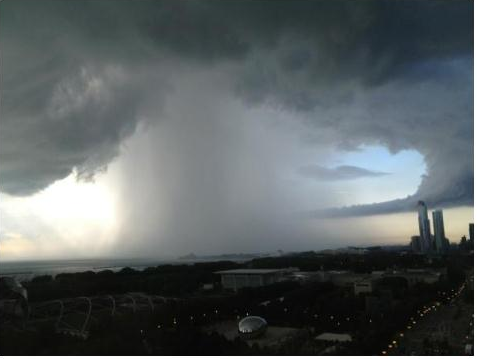Imagine. Barren lands covering the face of the earth. No water source in sight and the harsh sunlight burning off the skin on your body. There is nowhere to hide, no shade to take cover under. People dying due to hunger and thirst. And every day, we are hit with a new disaster at our home.
Feels scary? Well, that is our earth 50 – 70 years from now if we continue producing greenhouse gases at the current rate. Climate change is real. And for anyone who still doesn’t believe in global warming, all you have to do is check the recent news. You will see freaky and erratic weather behavior all over the world. Hailstorms falling over different regions unexpectedly while so many regions suffer from droughts.
Imagine. Barren lands covering the face of the earth. No water source in sight and the harsh sunlight burning off the skin on your body. There is nowhere to hide, no shade to take cover under. People dying due to hunger and thirst. And every day, we are hit with a new disaster at our home.
Feels scary? Well, that is our earth 50 – 70 years from now if we continue producing greenhouse gases at the current rate. Climate change is real. And for anyone who still doesn’t believe in global warming, all you have to do is check the recent news. You will see freaky and erratic weather behavior all over the world. Hailstorms falling over different regions unexpectedly while so many regions suffer from droughts.
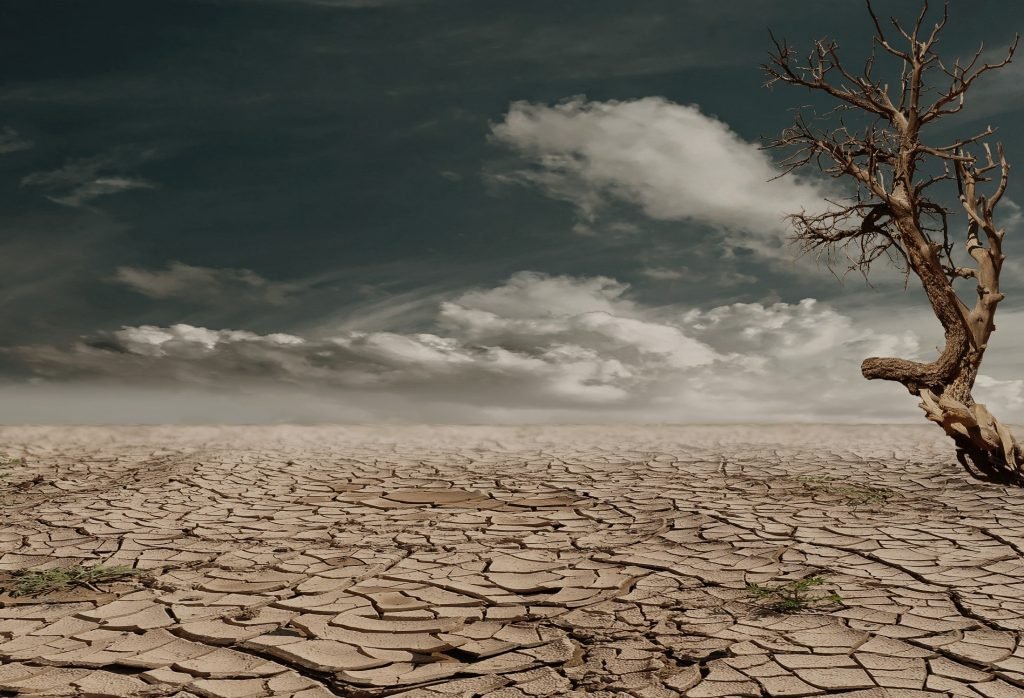
Africa has been suffering through this climate change effects for years now. But most of us have a turned a blind eye to its suffering. Well, that cannot be done anymore because you can see the effects in your own city now. We all have read in the news that the polar caps are melting and the sea temperature and level are rising day by day.
But still, it all seemed so far off right? The end of the world? However, as we turned more selfish, the environmental degradation accelerated and we have no one but ourselves to blame now. Cities experience higher temperatures and it is said that, by the end of this century, the global temperature will rise by almost 2 degrees. It is not a joke anymore and if we don’t take a step, it won’t be far before earth starts crumbling at last.
The earth’s atmosphere has always acted like a greenhouse to capture the sun’s heat, ensuring that the earth has enjoyed temperatures that permitted the emergence of life forms as we know them, including humans.
Without our atmospheric greenhouse the earth would be very cold. Global warming, however, is the equivalent of a greenhouse with high efficiency reflective glass installed the wrong way around.
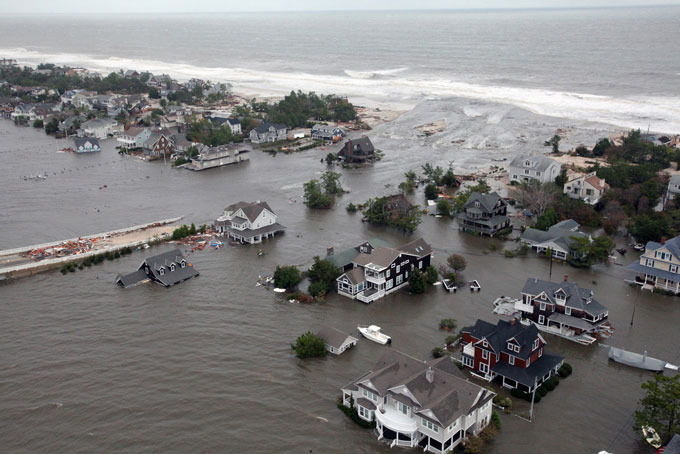
Rising Sea Levels
Climate change impacts rising sea levels. Average sea level around the world rose about 8 inches (20 cm) in the past 100 years; climate scientists expect it to rise more and more rapidly in the next 100 years as part of climate change impacts.
Coastal cities such as New York are already seeing an increased number of flooding events and by 2050 many such cities may require seawalls to survive. Estimates vary, but conservatively sea levels are expected to rise 1 to 4 feet (30 to 100 cm), enough to flood many small Pacific island states (Vanatu), famous beach resorts (Hilton Head) and coastal cities (Bangkok, Boston).
If the Greenland ice cap and/or the Antarctic ice shelf collapses, sea levels could rise by as much as 20 ft (6 m), inundating, for example, large parts of Florida, the Gulf Coast, New Orleans and Houston.
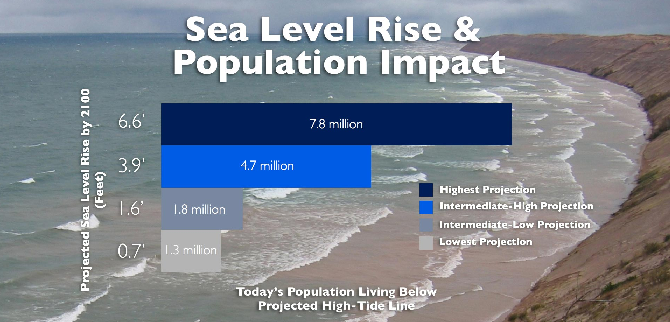
Melting Ice
Projections suggest climate change impacts within the next 100 years, if not sooner, the world’s glaciers will have disappeared, as will the Polar ice cap, and the huge Antarctic ice shelf, Greenland may be green again, and snow will have become a rare phenomenon at what are now the world’s most popular ski resorts.
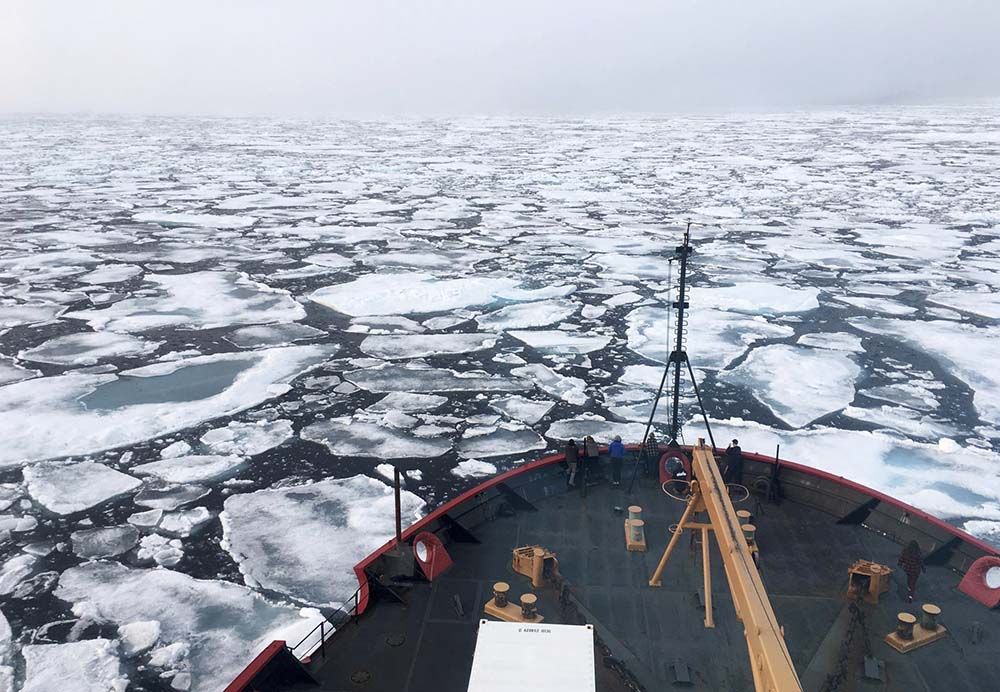
will increase in power, and flooding will become more common. and hurricanes and typhoons
Anyone in the United States who has tried to buy storm and flood insurance in the past few years knows that the insurance industry is completely convinced that climate change is raising sea levels and increasing the number of major storms and floods. (To understand the insurance industry’s thinking on the subject, consider the chart below compiled by Munich Re-Insurance.)
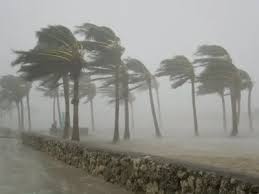
One of the most striking impacts of rising temperatures is felt in although these impacts global warming are felt very differently in the largely temperate developed world and in the more tropical developing world.
Different crops grow best at quite specific temperatures and when those temperatures change, their productivity changes significantly.
In North America, for example, rising temperatures may reduce corn and wheat productivity in the US mid-west, but expand production and productivity north of the border in Canada.
The productivity of rice, the staple food of more than one third of the world’s population, declines 10% with every 1⁰ C increase in temperature.
Past climate induced problems have been offset by major advances in rice technology and ever larger applications of fertilizer; expectations are that in Thailand, the world’s largest exporter of rice, however, future increases in temperatures may reduce production 25% by 2050.
At the same time, global population models suggest that developing world will add 3 billion people by 2050 and that developing world food producers must double staple food crop production by then simply to maintain current levels of food consumption.
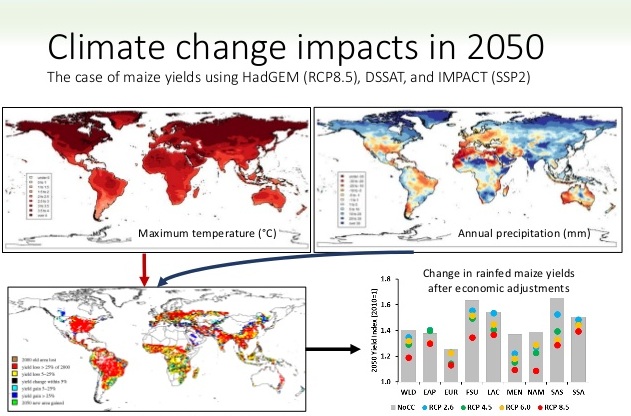
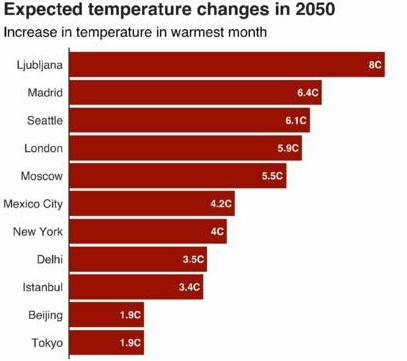
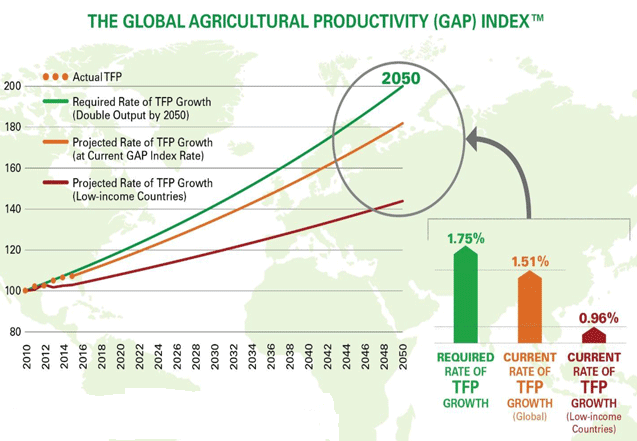
Climate Change And Infectious Diseases Today, worldwide, there is an apparent increase in many infectious diseases, including some newly-circulating ones (HIV/AIDS, hantavirus, hepatitis C, SARS, etc.). This reflects the combined impacts of rapid demographic, environmental, social, technological and other changes in our waysof-living.
Climate change will also affect infectious disease occurrence. CLIMATE CHANGE AND HUMAN HEALTH – RISK AND RESPONSES Humans have known that climatic conditions affect epidemic diseases from long before the role of infectious agents was discovered, late in the nineteenth century. Roman aristocrats retreated to hill resorts each summer to avoid malaria.
South Asians learnt early that, in high summer, strongly curried foods were less likely to cause diarrhoea. Infectious agents vary greatly in size, type and mode of transmission. There are viruses, bacteria, protozoa and multicellular parasites. Those microbes that cause “anthroponoses” have adapted, via evolution, to the human species as their primary, usually exclusive, host. In contrast, non-human species are the natural reservoir for those infectious agents that cause “zoonoses” . There are directly transmitted anthroponoses (such as TB, HIV/AIDS, and measles) and zoonoses (e.g., rabies). There are also indirectly-transmitted, vectorborne, anthroponoses (e.g., malaria, dengue fever, yellow fever) and zoonoses (e.g. bubonic plague and Lyme disease). zika virus and the most common flu are effect the humans.
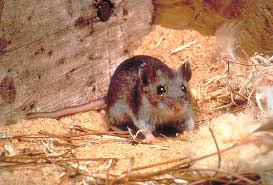
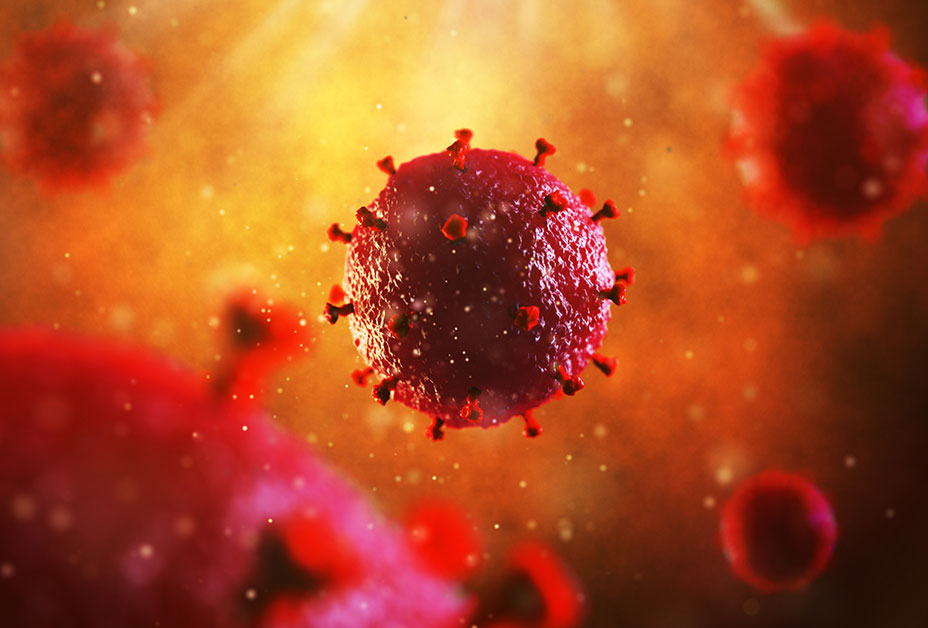
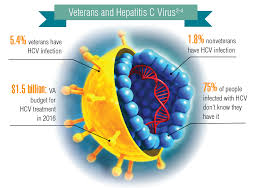
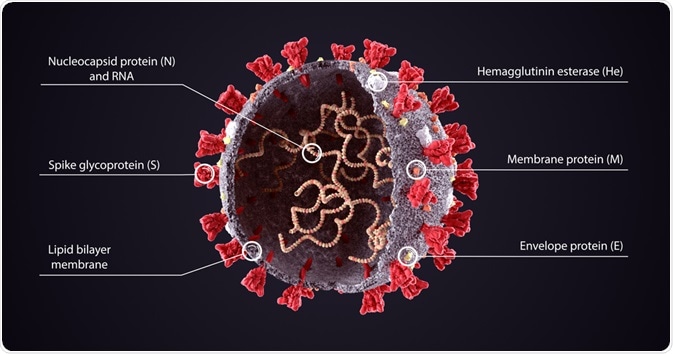

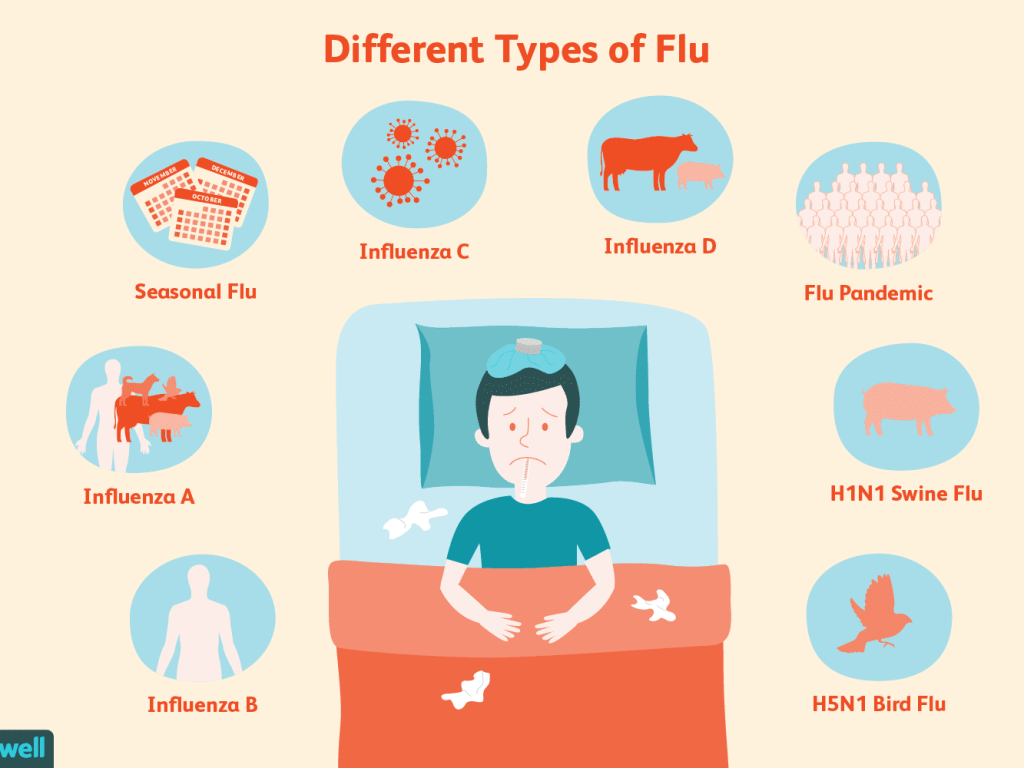
What have we done to manage climate change?
To date, the effort to manage climate change has been a matter of high level diplomatic negotiations involving states and international organizations with a loud, but largely excluded fringe of NGOs, business groups, and minor political actors.
The logic for this is that global climate change affects us all, but individual countries can manage only the activities that take place within their borders; to confront a global problem, we need a global solution.
“Climate change is a global challenge and requires a global solution. Greenhouse gas emissions have the same impact on the atmosphere whether they originate in Washington, London or Beijing. Consequently, action by one country to reduce emissions will do little to slow global warming unless other countries act as well. Ultimately, an effective strategy will require commitments and action by all the major emitting countries.”
The global effort to manage climate change has been organized through what is called the United Nations Framework Convention on Climate Change (UNFCCC). The UNFCCC was launched at the 1992 Rio Earth Summit to achieve GHG concentrations.
“at a level that would prevent dangerous anthropogenic interference with the climate system”.
It also set voluntary GHG emissions reductions that countries did not meet.
With the failure of the Rio initiatives, the then 191 signatories to the UNFCCC agreed to meet in Kyoto in 1997 to establish a more stringent regime. The resulting Kyoto Protocol created a global trading system for carbon credits and binding GHG reductions for ratifying countries. (The US did not sign; China and India were exempt as developing countries.) So-called Conferences of the Parties (COPs) were held almost annually thereafter in places such as The Hague, Cancun and Doha without progress being made. (Following the failure of the 2012 Doha meetings, the unrenewed Kyoto carbon trading system collapsed.)
Climate change difficulties – Why are climate change difficulties so hard to manage?
Managing climate change difficulties arise from two, related reasons: climate change management is viewed as expensive and it poses what we call a collective action problem.
Why managing climate change difficulties seems so expensive
- When business and politicians talk about climate change, the first thing they mention is cost. If you start from the status quo today, adding CO2 removing equipment to a coal power plant is expensive – but only if you do not value the environment. When you buy coal for a power plant, you pay for a limited resource and the cost of supplying it to you.Today, when you dump the GHGs and black carbon from burning coal into the air, you pay nothing. But a clean atmosphere is a limited resource; the atmosphere will absorb only so much GHGs and black carbon before it is not clean, at which point it is costly to clean it.Logically, there is no reason why businesses that pay for a scarce resource like coal as an input should not pay for a scarce resource like the environment as a disposal site.This is called “costing” or “accounting” the environment. If the environment is included among the basic costs of doing business that all businesses plan into their profit and loss statements, then “managing climate change” would no longer be an expensive extra. It would be a standard cost of doing business.Today, however, no one values the environment and, therefore, environmental expenses are considered “extras” and so expensive, not expenses.
Climate Change – can we do more? What more can we do to manage climate change?
Can we do more? It is clear that even if the international community manages to make further progress, it has a long way to go before it has exhausted its current agenda of negotiated restrictions on carbon emissions. It should also be clear that even with unimaginably successful negotiations, restrictions on carbon emissions will not do the job.
To be blunt: there is too much carbon in the atmosphere and existing technology – cars, factories, airplanes, ships, buildings – will continue to emit huge amounts more into the foreseeable future.
The only thing to do is to reduce the amount of atmospheric carbon.
There are many experiments underway to find ways to do this. So far, only a few processes show promise. While different in many ways, these processes are similar in one critical way: they all remove carbon from the atmosphere by converting it into an inert form that can be sequestered permanently, that is, returned to a form where, like the fossil carbon forms, it is truly out of sight, out of mind and out of the atmosphere – forever.
New techniques for doing this are remarkably simple chemically, but the innovations in business modeling to make them work are complex. In Iceland, for example, scientists have demonstrated that CO2 pumped underground into porous basalt formations will quickly turn to stone. (Ten percent of continental land and the entire seabed are basalt; the technology already costs less than one half as much as current (and unreliable) underground sequestration techniques.)
passes air across a huge surface of flowing alkali bath to capture CO2 so that it can then be converted to pellets. (Unfortunately, because CO2 is just 0.04% of the air, meaningful systems will have to be huge and much more efficient.) In each case, and in those of many other possible technologies, the issues are not scientific, but how to scale production cost-effectively.
Can we do more?
The second method of sequestration is at least 4,000 years old. The “pyrolysis” of biomass, or heating it to high temperatures (450⁰-750⁰ C) in the absence of oxygen produces a pure form of carbon known as “biochar.”
From a global climate change point of view, biochar production has great potential as it eliminates all of the black carbon and long-term GHGs from biomass burning, and is carbon negative.
Estimates of sequestration rates vary, but by atomic weight, the production of 1 ton of biochar permanently removes 3 tons of CO2 from the atmosphere, as well as 6 kilograms of particulates and large amounts of NOx and SO2.
Widespread biochar production in the developing world where most agricultural waste is field burned would annually remove millions of tons of CO2 from the atmosphere, and eliminate millions of tons of black carbon and GHGs.
- Educate. When you further your own education, you can help others understand the importance and value of our natural resources.
- Conserve water. The less water you use, the less runoff and wastewater that eventually end up in the ocean.
- Choose sustainable. Learn how to make smart seafood choices yours at do what you want.
- Shop wisely. Buy less plastic and bring a reusable shopping bag.
- Use long-lasting light bulbs. Energy efficient light bulbs reduce greenhouse gas emissions. Also flip the light switch off when you leave the room!
- Plant a tree. Trees provide food and oxygen. They help save energy, clean the air, and help combat climate change.
- Don’t send chemicals into our waterways. Choose non-toxic chemicals in the home and office.
- Bike more. Drive less.
- Life is easy without all this but our nature our planet safety its very very important so please feel happy and share this wonderful blog to everyone thanks ….

